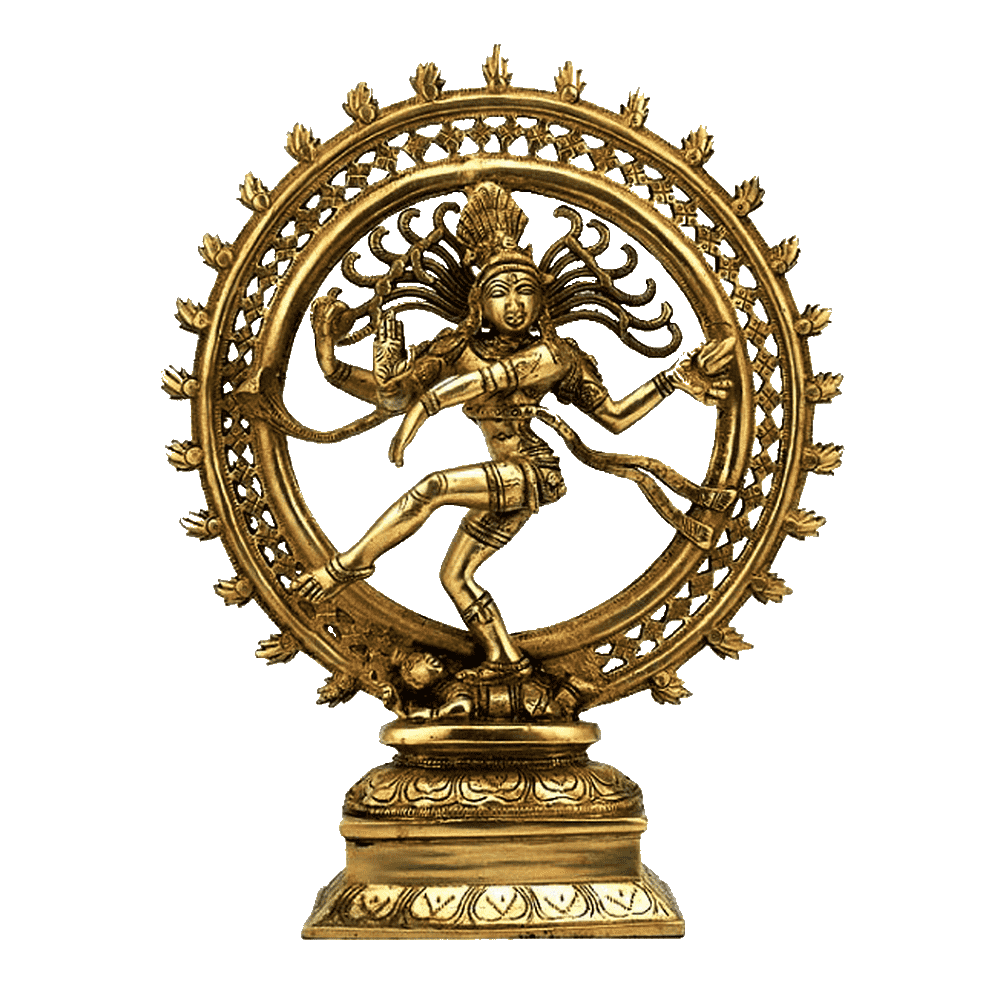
Mantramahodadhi
of Mahīdhara
Exploring the Esoteric Depths of Mantras, Yantras, and Tantra
Introduction:
The Mantramahodadhi, authored by the esteemed scholar Mahīdhara, stands as a profound and comprehensive work that unravels the esoteric aspects of mantras. This ancient text delves into the intricacies of mantras, exploring their phonetic structure, symbolic representation, and the divine deities they invoke. Moreover, the Mantramahodadhi expands its horizons to encompass the application of mantras in the realms of Yantra and Tantra practices. Through this article, we shall explore the invaluable insights offered by Mahīdhara in the Mantramahodadhi, providing a glimpse into the profound world of mantras and their associated practices.
The Authorship of Mahīdhara:
Mahīdhara, the reputed author of the Mantramahodadhi, remains a historical enigma. The exact period and personal details of this scholar remain elusive, but his contributions to the field of Mantra-śāstra through this work are highly revered. His profound understanding of the subject is evident in the depth of knowledge presented in the Mantramahodadhi.
Phonetic Structure of Mantras:
The Mantramahodadhi delves into the phonetic aspect of mantras, recognizing the significance of precise pronunciation and intonation. The text emphasizes the potency of correctly chanted mantras, where each syllable carries unique vibrational energy. Mahīdhara highlights that proper enunciation is essential to harness the full transformative power of mantras.
Symbolic Representation and Deity Invocation:
Mantras, being condensed forms of cosmic energies, often carry symbolic representation and invoke specific deities. The Mantramahodadhi meticulously elucidates the meaning and symbolism behind each mantra, helping practitioners to understand the deeper connection with the divine forces invoked through them. The text guides aspirants on how to meditate upon the symbolic essence of mantras to enhance their efficacy.
Application of Mantras in Yantra and Tantra Practices:
Mahīdhara’s Mantramahodadhi extends beyond mantras to explore their interplay with Yantras and Tantra practices. Yantras are geometric symbols representing deities or cosmic energies, and when combined with mantras, they create a potent amalgamation of sound and form. The text expounds on the use of Yantras in conjunction with mantras to amplify their effects and accelerate spiritual evolution.
Integration with Tantra Practices:
The Mantramahodadhi elucidates how mantras are fundamental to Tantra practices. Tantra is a spiritual tradition that seeks to harness the energy of the cosmos to attain spiritual enlightenment. The text outlines how mantras are an integral part of Tantric rituals, which often involve elaborate ceremonies, visualizations, and energy manipulation techniques.
Spiritual Empowerment through Mantras:
The Mantramahodadhi emphasizes that the true power of mantras lies not only in their recitation but also in the purity of heart and intention of the practitioner. When approached with devotion, sincerity, and reverence, mantras can bestow spiritual empowerment, purify the mind, and lead to self-realization.
Conclusion:
The Mantramahodadhi of Mahīdhara stands as an invaluable repository of knowledge in the domain of Mantra-śāstra. Through this work, Mahīdhara delves into the esoteric depths of mantras, exploring their phonetic structure, symbolic representation, and the divine deities they invoke. Furthermore, the text expands its scope to encompass the integration of mantras with Yantra and Tantra practices, revealing the profound relationship between sound, form, and spiritual evolution. By illuminating the intricacies of mantras and their associated practices, the Mantramahodadhi continues to guide seekers on their spiritual journey, providing them with the tools to unlock the transformative power of sacred sound.
Editor – Kaalchakra Team
[ Note – Before Concluding anything as a Finale, Please Go through Original Scriptures of Vaidik Literature Written in Sanskrit and Also with Meaning of That time of Language. Because English is a Limited language to Explaining the Deeper Knowledge of Vaidik Kaal. ]
